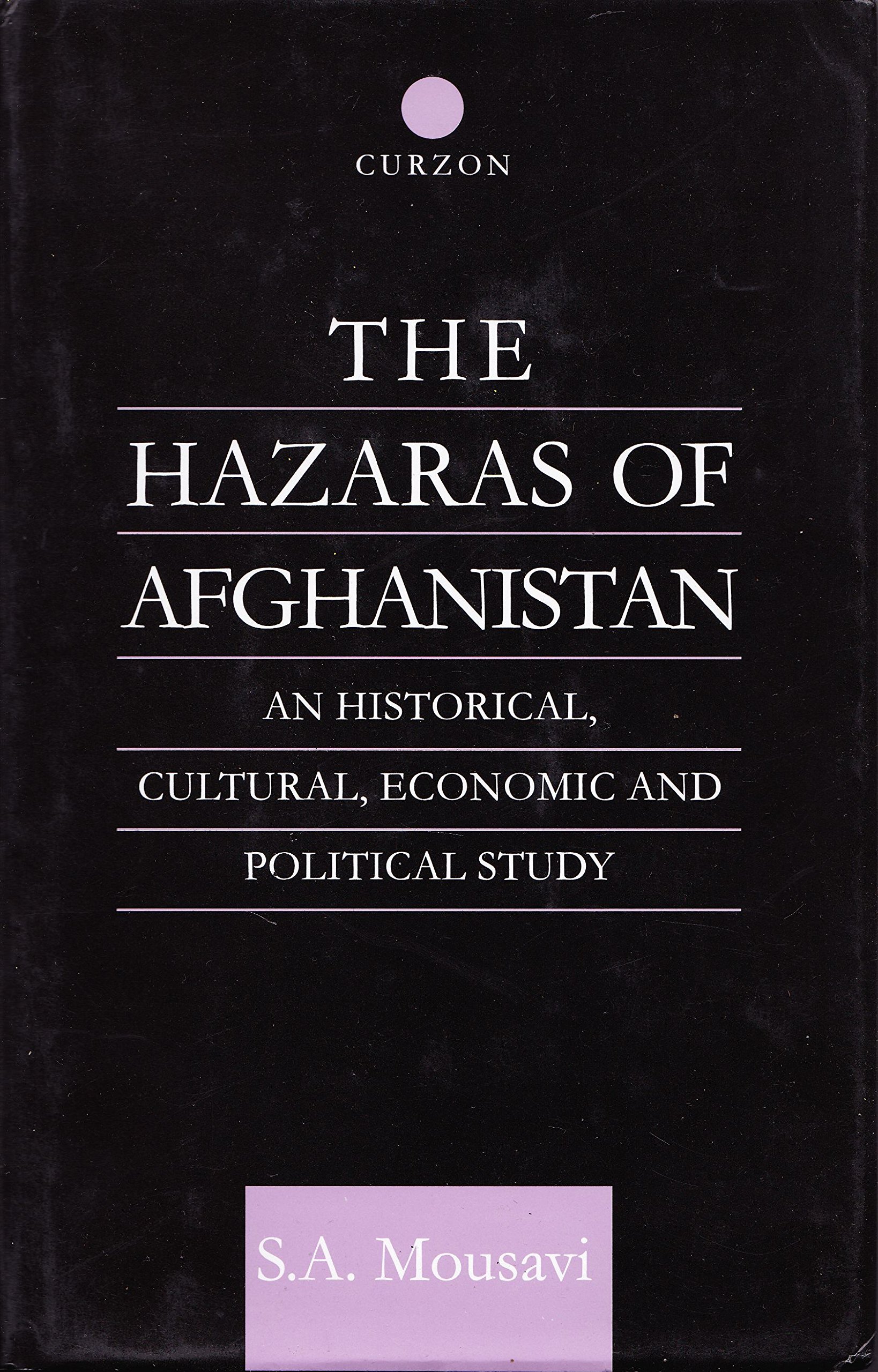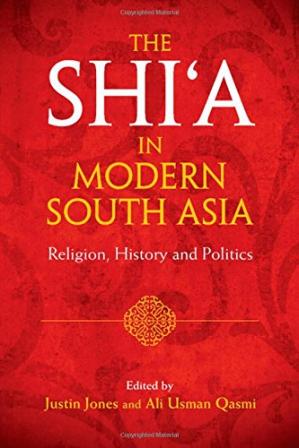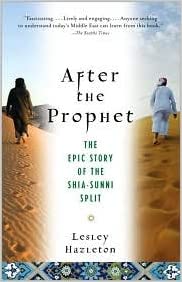Afridi Tirah is one of the most remote areas of Pakistan bordering Afghanistan. It is a semi-autonomous region, surrounded by lofty mountains. The inhabitants belong to the Afridi tribe of Pathans.

In 1929 Afridi Shi’a Muslims in Tirah Valley of former Khyber agency were wiped out in a massacre by Sunni Deobandi militants under influence of Sunni Deobandi clergy.
Amanullah Khan (1 June 1892 – 25 April 1960) was enlightened King of Afghanistan. His mission was to make Afghanistan a developed and progressive country.

Image of King of Afghanistan Amanullah Khan
He ruled over Afghanistan from 28 February 1919 to 9 June 1926. Due to his enlightened and progressive approach, Sunni clerics at that time in Afghanistan (Majority of them were from Deobandi School of thought) were against King Amanullah Khan due to his moderate and progressive thoughts. Not only in Afghanistan but Sunni Deobandi clergy in adjacent British Indian areas to Afghanistan like former Khyber agency had abhorred the King Amanullah Khan.
Due to anti-development and anti-enlightenment tendency prevailing among Sunni Deobandi clergy, Afghanistan was left desolate, which would have developed in 1929.
King Ameer Habibullah Khan (3 June 1872 – 20 February 1919) and King Abudr Rahman Khan (1844- 1 October 1901) were father and grandfather of King Amanullah Khan. Both rulers were so cruel and merciless towards Hazra Shi’a Muslims. Both Afghan rulers killed thousands of Hazara Shi’a Muslims. In their reigns thousands of Shi’as Muslim were displaced and thousands were put in to the jail. During the reign of Emir Abdur Rahman Khan (1880–1901), millions of Hazaras were killed, expelled and enslaved.1

Amir Abdur Rahman grandfather of Amir Amanullah Khan wiped out the neighborhoods of Hazara tribes in Hazarajat , Kafiristan and other areas with consent of British rulers
Sayed Askar Mousavi, is a writer and novelist from Afghanistan. He is the author of The Hazaras of Afghanistan published on January 29, 2009 by Cambridge University. He claimed that half the population of Hazarajat were killed or fled to neighbouring regions of Balochistan in British India and Khorasan in Iran.

But King Amanullah was completely different from his father and grandfather. His approach to vulnerable religious, ethnic like Shi’as Hazara was very enlightened and without sectarian chauvinism. He was great reformer. King Amanullah successfully placed Afghanistan in the international scene. He also led the way and challenged his fellow countrymen to set themselves free of medieval political and social structures.

Introducing modern education (for girls as well as boys), sending off the first group of Afghan women to Turkey for higher education, and opening adult and nomad education classes became his big crime in the eyes of orthodox, fundamentalist Sunni (Deobandi)clergy. King Amanullah’s reforms antagonized that clergy. The Sunni (Deobandi)clergy in Afghanistan provoked the many political, social and religious elites against King Amanullah Khan. That political, social and religious elites under influence of the Sunni Deobandi clergy revolted against the King Amanullah Khan. Behind the conspiracy and provoking of Afghan Sunni Deobandi orthodox clergy there were British imperialist rulers in fact.
A civil war erupted in Afghanistan against King Amanullah Khan. Afridi Shi’a Muslims living in Tirah valley, a mountainous tract located in the Khyber district (former Khyber Agency), lying between the Khyber Pass and the Khanki Valley in Pakistan (former part of British India) were in support of King Amanullah Khan of Afghanistan. They wanted to send their armed men to help King Amanullah Khan. But this was not acceptable to British imperialist rulers, who used Sunni Deobandi clergy against the Afridi Shi’a Muslims living in Tirah valley. Deobandi clergy provoked the Sunni Muslims in Khyber Agency and thus we saw a massacre of Afridi Shi’as in Tirah Valley in 1929.
Doctor Abdul Ghani Khan had described the massacre of Afridi Shia’s Muslim at Tirah valley in his famous book ‘The Pathan’. Khan Abdul Ghani Khan (1914 – 15 March 1996) was a Pashtun philosopher, poet, artist, writer and politician. He was a son of Abdul Ghaffar Khan, a prominent British Raj-era Indian independence activist. Throughout his life as a poet in both British India and Afghanistan, Khan was known by the titles Lewanay Pālsapay (‘Mad Philosopher’) and Da īlam Samander ‘Ocean of Knowledge’)

Dr. Abdul Ghani Khan wrote,
“Tirah has a large, wide – awake and virile population of Muslim Sunnis and a small, intelligent and clever minority of Muslim Shias. Both the sects are pure Afridis by stock and blood. They lie between India and Afghanistan and pay for it. When Amanullah Khan perked up a bit, and behaved like the Pathan he was, heedless, go – ahead and careless, white Sahibs objected. And while Amanullah and his Queen danced in the capitals of Europe, jealousy and ambition and hunger and ignorance were marshalled together into a battalion of destruction by Christian gold in the capital of Afghanistan.
The Shias of Tirah were more intelligent than their neighbours . Amanullah was broadminded and tolerant of the various sects in Islam. The Shias of Tirah loved him and supported him. They were willing and ready to thrust from the south – west and defend the young monarch. But lo and behold, simultaneously with the resentment of the priests in Afghanistan, there appeared eloquent priests not among the Shias but the Sunnis of Tirah. And while in Afghanistan the learned beards and heavy turbans shook in pious rage to denounce the Christian ways and un – Pathan and un – Islamic ethics of the young king, in Tirah they shook to denounce the Shias, the murderers of Usman, the beloved son – in – law of the Prophet. Most of these lovers of Usman were from the settled districts, the area under British rule. Heaven and hundreds of years old Chinar and almond plantations were sawn down. The Shias were too broken and distracted to come to Amanullah’s help. They paid for their wisdom with blood and tears, and Amanullah paid for his with crown and kingdom. For daring to assert his freedom, he lost his only kingdom and the Afghans their only king. And for daring to help an ideal, the Shias lost their children and orchards. A masterpiece of cold, efficient planning and brilliant, ruth less execution. I would leave you to decide who profited by this bloodshed and horror, darkness and hatred. This is only one of the thousands of such stories of the Tribal Territory. Every word of it is true. Some Sunnis may not know who drove them, but the Shias know who struck them. Some Pathans may not have been able to save Amanullah, but they know why they could not save him.”
References:
1-See: Alessandro Monsutti (December 15, 2003). “HAZĀRA ii. HISTORY”. Encyclopedia Iranica
2-The Pathan, by Doctor Abdul Ghani Khan, page48, published by The National Information and Publications Limited Bombay, in1947.






